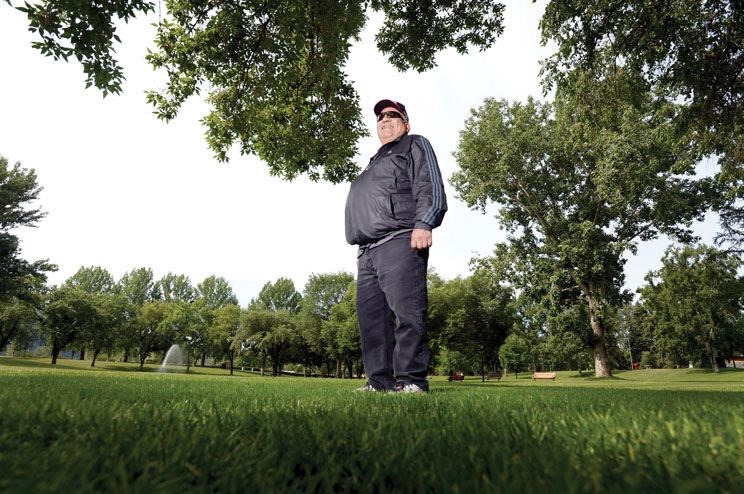The Exploration Place has a unique relationship with the Lheidli T'enneh First Nation and part of it has to do with location.
For the past few decades, the city's oldest museum has been the only public building on the first height of land on the Fraser River downstream of the Nechako River confluence. But for the 10,000 or so years before that, that same grassy meadow was the primary community of the Lheidli people.
On Wednesday, a key aspect of that relationship becomes formal.
The two will sign a memorandum of understanding that solidifies The Exploration Place as the official repository of Lheidli history, but the option to house and display any artifacts rests with the Lheidli.
"We've been working towards this for more than a decade," said Tracy Calogheros, CEO of the museum and science centre.
"This gives the Lheidli people that formal protection that their historic materials will always be theirs. And part of the relationship is going to be locating and repatriating the artifacts that have been taken from this area. There is not a lot of Carrier pieces out there in other institutions but there are some and we would like to bring it home. And with this MOU, anything we bring home is automatically theirs. It protects their future generations."
A paper will be signed, but a ribbon will also be cut. Wednesday is National Aboriginal Day and the village site - officially known as Lheidli T'enneh Memorial Park - will be alive with First Nations culture. It was a perfect opportunity to open a permanent section of The Exploration Place that will be dedicated to the millennia of civilization that took a violent blow in about 1913 but still thrives and still has relevance to that spot.
The permanent exhibit will be called Hodul'eh-a (A Place of Learning).
Such an ambitious feature required much preparation. Over the past decade, The Exploration Place has hosted three temporary displays of similar nature and done background work to acquire artifacts and forge partnerships with other historical institutions that also have some of these materials. Most of all, it has been a lot of time spent with Lheidli people soaking in their feedback.
Katherine Scouten, the president of the Fraser Fort George Museum Society (operators of The Exploration Place) said Wednesday was "a very important day" because it established a framework for the future based on all that work of the past.
"Through the signing of this Memorandum of Understanding we affirm the shared value for preserving and protecting the cultural assets of the Lheidli people and embracing traditions and knowledge from their perspective."
The public is invited to see the new museum layout and get a first look at Hodul'eh-a (A Place of Learning) from 12 to 4 p.m. on Wednesday, free of charge.
The park will be bustling with sights and sounds of the local aboriginal world all that day.
The theme of the day is Honouring Our Children and runs from
9 a.m. to 5 p.m. According to LTFN executive director Jason Morgan, the nation will also sign new mutual agreements with the Regional District of Fraser-Fort George, the City of Prince George, the College of New Caledonia, Central Interior Native Health Society and Westcana Electric Inc.
Cultural entertainment will be the focus of the day-long festivities. The dignitaries and performers include LTFN chief Dominic Frederick; master of ceremonies Zandra Ross; the singing of O Canada by the Nusdeh Yoh Children's Choir; a performance by the Khast'an Drum Group; a dance performance led by Tracy Peters; a magic show; drumming and singing by soloist Candice George; a Metis performance; a demonstration by the Old Fort Traditional Dancers; a youth talent show anchored by Sean Robinson that also includes Hailey Gervais, Polaris Elementary Drum Group, Polaris Elementary Fiddle Group, Quinson Elementary Drum Group, David John, Savanna, Trinity & Turell, and Riley & Tessa Poirier; a concert by the Stacy Reynolds Band; and headliner concert by the Rick Stavely Band. There will also be a round dance involving the whole crowd and a powwow drum at 1:30 p.m.


